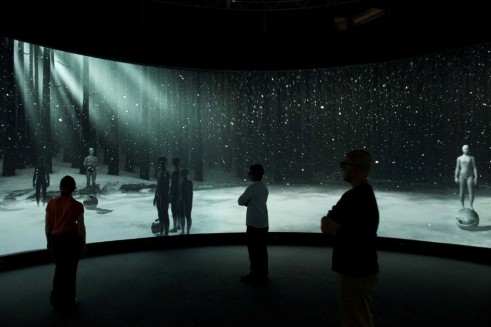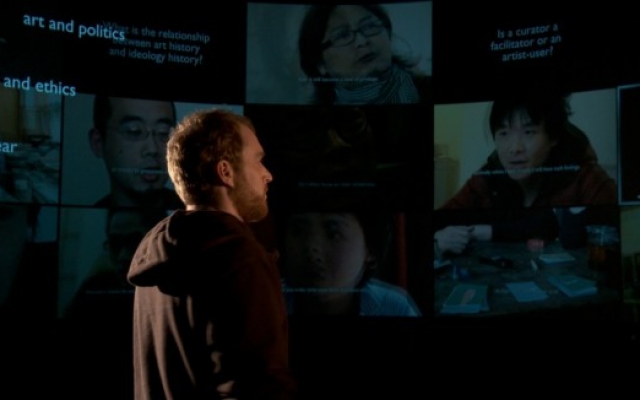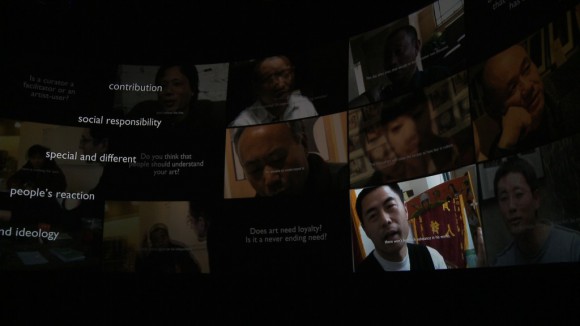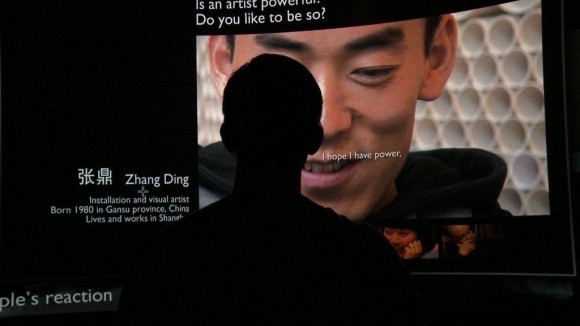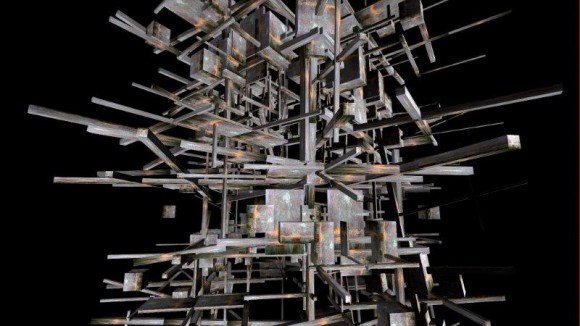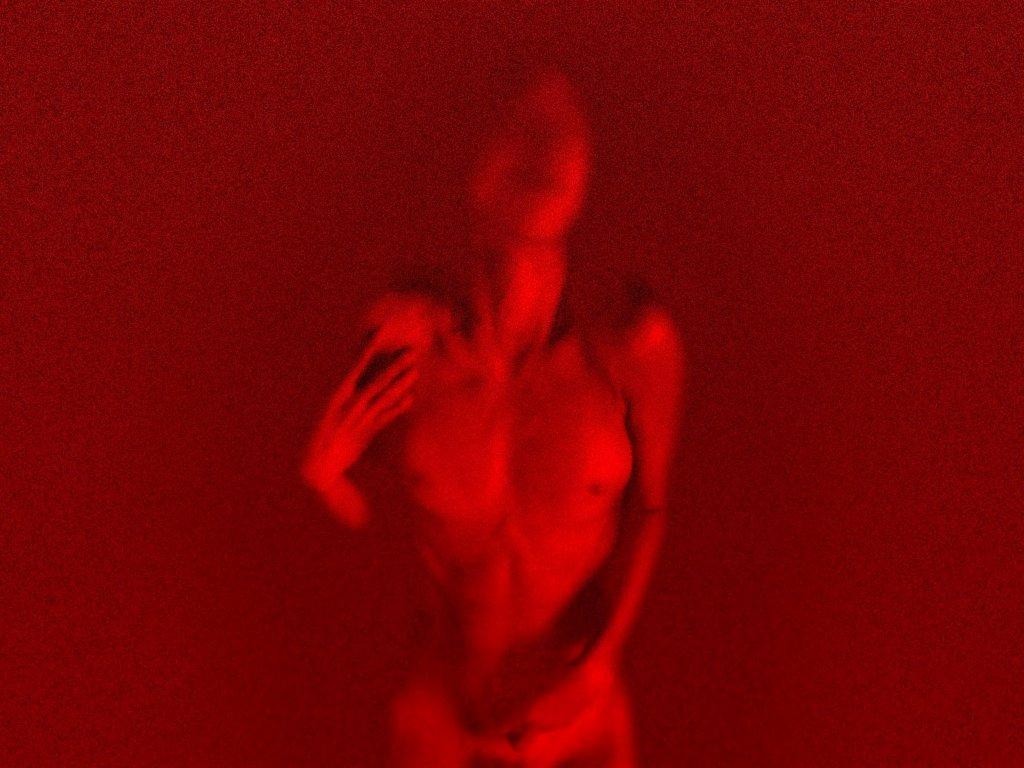T_VISIONARIUM
2008
Neil Brown, Dennis Del Favero,Matt McGinity, Jeffrey Shaw, Peter Weibel
T_Visionarium offers the means to capture and re-present televisual information, allowing viewers to explore and actively edit a multitude of stories in three dimensions. 24 hours of digital free-to-air Australian television was captured over a period of one week. This footage was segmented and converted into a large database containing over 30,000 video clips. Each clip was then tagged with metadata defining its properties (gender of the actors, the dominant emotions they are expressing, the pace of the scene, specific actions such as standing up, lying down, and telephoning). Dismantling the video data in this way breaks down the original linear narrative into components that then become the building blocks for a new kind of interactive television.
Neil Brown (AU) is a researcher in the areas of cognitive theory of art, creativity and art education. His research aims at establishing theoretical grounds for a philosophically neutral ontology of the artefact and seeks empirical evidence for the way in which children and adults’ vernacular theory of art conditions their understanding of works and informs their practice.
Dennis Del Favero (AU) is an ARC Australian Professorial Fellow and artist. His work has been widely exhibited in solo exhibitions in leading museums and galleries. He is Director of the iCinema Research Centre and Deputy-Director of the National Institute for Experimental Arts at UNSW, Visiting Professorial Fellow at ZKM, Germany, Visiting Professor at University IUAV of Venice, Italy, Visiting Professor at City University of Hong Kong, Visiting Professor at the Academy of Art, Vienna and editor of Digital Arts Edition published by Hatje Cantz, Germany.
Matthew McGinity (AU) is a computer scientist specialising in immersive and interactive real-time systems. His work includes the iCinema projects T_Visionarium and La Dispersion du Fils and the AVIE 360° panoramic virtual reality theatre. He is currently based in Berlin.
Peter Weibel (AT) is a renowned artist, curator and theoretician. He is currently the chairman of the ZKM | Center for Art and Media in Karlsruhe. As an artist he became known particularly for his works in the realm of performance, concept art, experimental film and media and computer art.

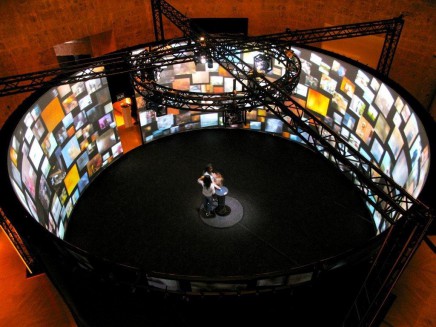

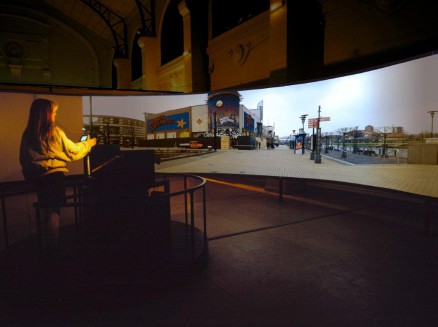
.jpg)







